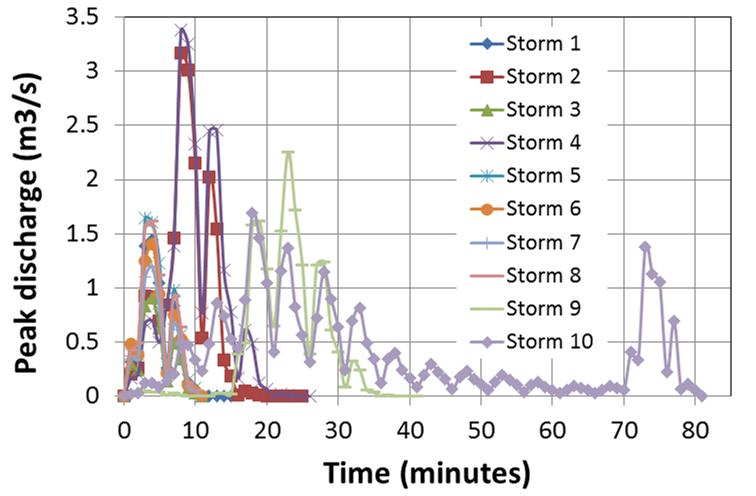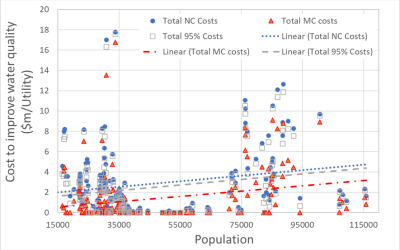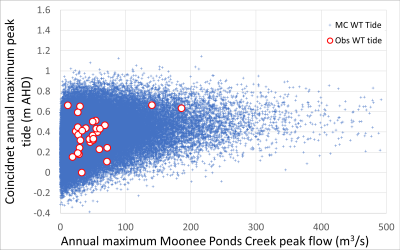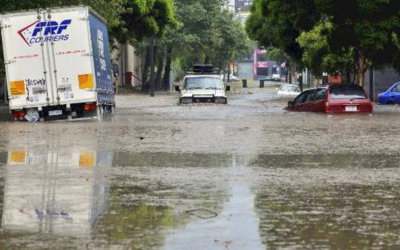 Is the Science and Data underpinning the Rational Method Robust for use in Evolving Urban Catchments.
Is the Science and Data underpinning the Rational Method Robust for use in Evolving Urban Catchments.
Presentation at HWRS2015 in Hobart at 3:40 pm on Wednesday 9 December 2015. Peter Coombes, Mark Babister and Tony McAlister.
This presentation is concerned with use of the Rational Method to estimate peak stormwater runoff rates for design of drainage infrastructure in contemporary urban catchments. The Rational Method is widely utilised around the world and is simple to implement. However peak flow predictions do not explicitly represent the complex nature of the ‘real’ processes occurring within a catchment. This concern is particularly relevant to modern stormwater management methods, such as Water Sensitive Urban Design (WSUD), that include integrated solutions involving retention, slow drainage and harvesting stormwater. This paper evaluates the Rational Method from the perspective of modern stormwater design approaches. A case study of a small, medium density, urban development is employed to compare the relative performance of the Rational Method with newer, more contemporary, approaches for simulating urban stormwater runoff processes that are included in Australian Rainfall and Runoff.






